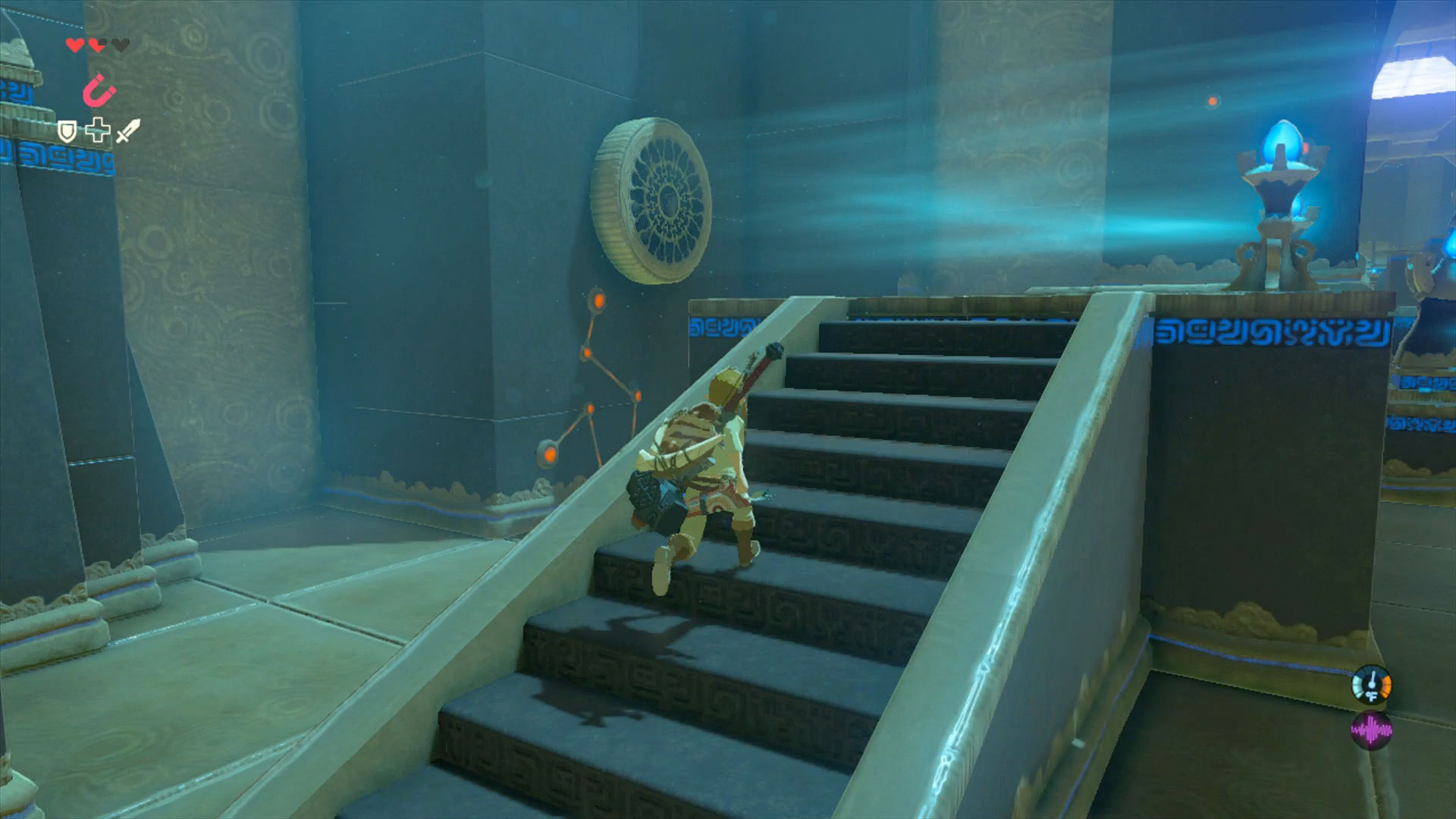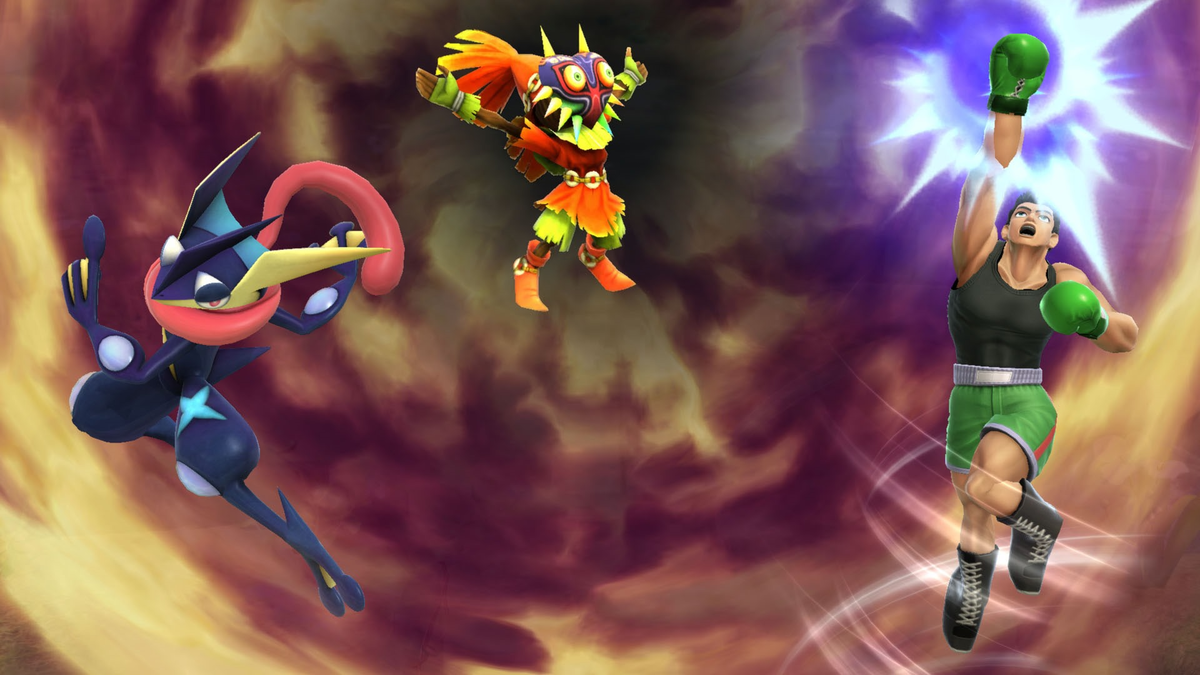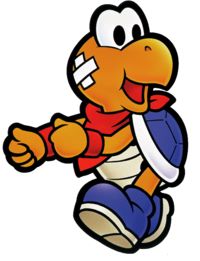 Original Release: March 3, 2017
Original Release: March 3, 2017
Platform: Nintendo Switch, Wii U
Introduction
Guys. This is an amazing game. I feel like this is one of those landmark games, like Super Mario Bros, LOZ: Ocarina of Time, and Final Fantasy VII. I'm serious. But only time will tell.
If you've never played a Zelda game before this one, fear not. If you haven't played many video games before this one, fear not. Because even though this game can be hard at times, it isn't the kind of hard that requires technical skill, it's the kind of hard that requires you to think critically, and everyone (most people) can do that.
If you've never played a Zelda game before this one, fear not. If you haven't played many video games before this one, fear not. Because even though this game can be hard at times, it isn't the kind of hard that requires technical skill, it's the kind of hard that requires you to think critically, and everyone (most people) can do that.
Part 1? What are you trying to pull?
Sorry, but there's so much I have to say about this game that squeezing it into a single post would be unpleasant for everyone. There will be a second one soon, and at the bottom of this post you can see exactly what it will cover. I'm going to split some categories over both parts.
Gameplay (World Accessibility, Shrines, Abilities)
World Accessibility
In past Zelda games, there were specific methods of getting to different places and solving certain puzzles. In Ocarina of Time, to get to the Gerudo Desert, you had to use the hookshot to breach Gerudo Valley. The world had walls everywhere, and you could only approach most locations from one direction. In Breath of the Wild, however, the map is seamless, and you can approach every location from all directions. To get to Kakariko Village, you could certainly take the path that leads to the gate of the village, but you can also walk up the field to the west to find another path, or even go around and climb up the mountains from the north to drop down on the houses. |
| Link floats upwards after setting grass on fire |
Many methods of getting around the world involve the natural mechanics Breath of the Wild introduces. Simple things, like cutting down a tree to cross a chasm, or using the paraglider to catch an updraft from some burning brush, can help Link reach new places. In this way, the game is very friendly to inexperienced gamers. Simple problem solving skills are the only thing required to reach one of many solutions to each of the game's puzzles.
Shrines/Dungeons
From my Majora's Mask and Wind Waker posts, you may be familiar with the focus of dungeons in the Zelda series. If not, just know that dungeons are elaborate labyrinths with a sequence of puzzles and enemy fights, culminating in a boss fight at the end.
In BOTW, there are only four dungeons. Each one takes place in a "Divine Beast", one of four animal-shaped mechanical creatures intended to protect Hyrule from Ganon. Compared to dungeons in other games, they're pretty simplistic. I wish they were more like dungeons in other games, but I can see that the developers chose to focus on the overworld.
 |
| A wind puzzle in a shrine |
To make up for the lack of dungeons, there are 120 'shrines' scattered all over the world. These are sort of like dungeons, but are very short, focusing on one concept for a puzzle. Some are very short, with just one puzzle, and others can be longer, with 5 or 6. I actually liked the concept of shrines, because the puzzles were always very unique and creative, and required some real thinking. In some other Zelda games, dungeon puzzles often were as simple as sliding block puzzles, so this was welcome.
Abilities
I love the abilities because using them in tandem creates some really interesting puzzles, combat methods, and even exploits.
Story/Characters (champions)
In Breath of the Wild, Link wakes up in a preservation chamber 100 years after a great calamity struck Hyrule. During that calamity, there were four "champions" who helped Link and Zelda (try to) defeat Ganon. They died in the struggle, but through memories and ghostly apparitions, the player gets to know each of the four champions. They're strong characters, in my opinion.
Mipha
 Mipha is a member of the sea-dwelling Zora race, and she had a crush on Link since their childhood together. She is quiet and shy, but she shows resilience in the face of danger. I like how she is dedicated to helping Zelda even though she knows Link has feelings for Zelda. Mipha is said to be quite handy with a spear, and she pilots the elephant divine beast Vah Ruta. I'm not a huge fan of her voice actor, though.
Mipha is a member of the sea-dwelling Zora race, and she had a crush on Link since their childhood together. She is quiet and shy, but she shows resilience in the face of danger. I like how she is dedicated to helping Zelda even though she knows Link has feelings for Zelda. Mipha is said to be quite handy with a spear, and she pilots the elephant divine beast Vah Ruta. I'm not a huge fan of her voice actor, though.Revali
 Revali is a Rito, a race of bird people. He's arrogant, but lovable at the same time. He resents Link for being the Hero of Legend, believing himself to be more skilled than Link is. When Link meets Revali's spirit after completing the dungeon in Revali's Divine Beast, he finally acknowledges Link's skill. Revali's confidence makes him memorable, and I actually like his voice actor.
Revali is a Rito, a race of bird people. He's arrogant, but lovable at the same time. He resents Link for being the Hero of Legend, believing himself to be more skilled than Link is. When Link meets Revali's spirit after completing the dungeon in Revali's Divine Beast, he finally acknowledges Link's skill. Revali's confidence makes him memorable, and I actually like his voice actor.
 Urbosa
Urbosa
Urbosa is the chief of the Gerudo, a race of women living in the desert. She is seen acting like a big sister to Zelda, and she has some pretty kick-ass lightning powers. In the group of champions, she seems to be the wisest, and the one who maintains order. She also has a surprising hunger for revenge against Ganon, and she relishes the chance to help in defeating him.
Daruk
Daruk is a Goron, a rock creature who lives near the volcano. He's the least developed character, but from flashbacks it can be seen that he acts like a big brother toward Link. There's also a touching scene where Daruk's descendant sees his spirit. The excitement and sadness are almost tangible in the young Goron's expression.
Art
This game uses a cell-shaded graphical style, which I think suits it very well. It looks a lot like Studio Ghibli films, and its style was inspired by traditional Japanese animation.
| Ahhhhh |
The open world of Breath of the Wild combined with the artstyle make screenshots of this game look like paintings. Any shortcomings in the Nintendo Switch's graphical capabilities are masked by the style.
 |
| Be still, my heart |
The characters also benefit from the style. The features in their faces are more pronounced, making them more expressive and letting the developers convey emotions with subtleties in the faces.
Part 2
Part two will include Gameplay (combat, food, and quests), Music, and Characters/Story (Zelda and Link). I hope to have it out in a week.










/Update%2001/98-118.gif)











_(En,Fr,De,Es)-1440188403.jpg)


-52.jpg)